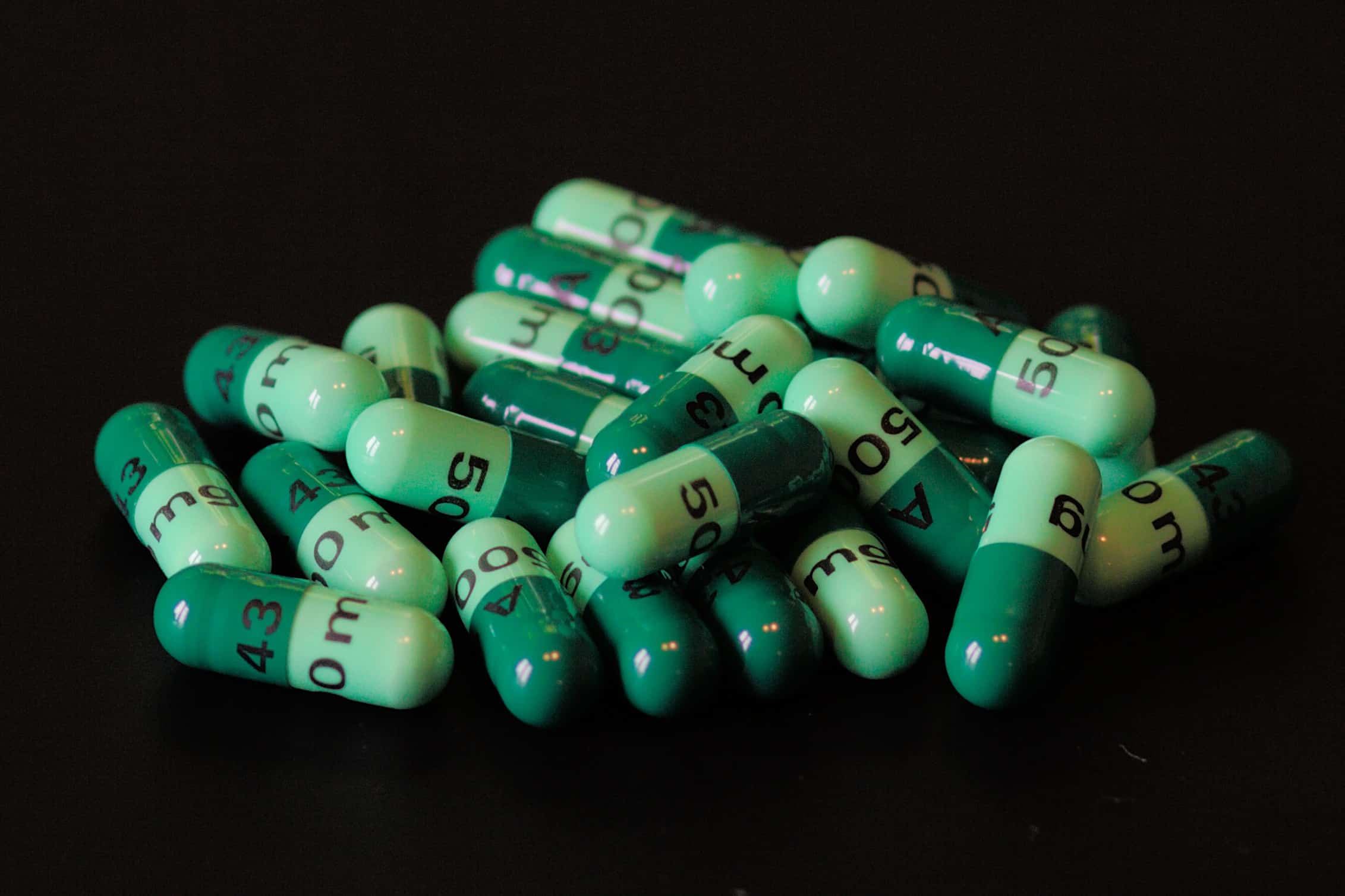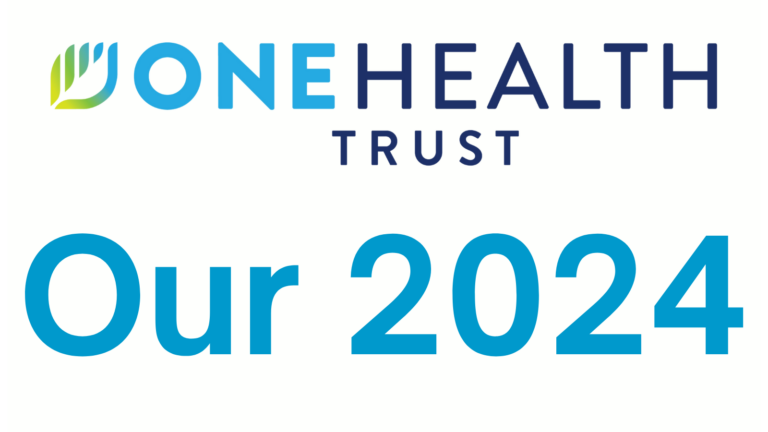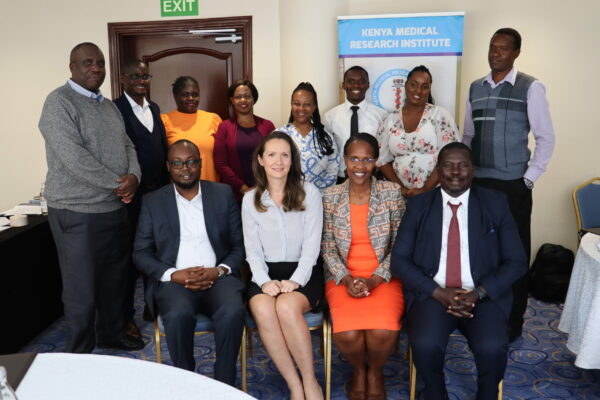March 12, 2015

Since 1987, no new class of antibiotics has been discovered that is available for treatment of systemic bacterial infections. This discovery void is still impacting the therapeutic options to treat infections caused by multidrug- or extensively drug-resistant bacteria.
The launch of a new antibiotic has become a rare event in recent years, so it was encouraging to see six new antibiotics approved over the last 10 months. All six antibiotics were approved under the FDA’s qualified infectious disease product (QIDP) framework based on the Generating Antibiotic Incentives Now (GAIN) title of the FDA Safety and Innovation Act, which was set up to try to encourage research into new antibacterials. In addition to an expedited review by the FDA, QIDP status also gives a drug an extra five years of market exclusivity. All of these newly approved antibiotics are modifications of known antibiotic classes and approaches.
Many of these drugs spent years or decades in development, transitioning between different companies and pharmaceutical mergers in the process. Though it’s promising to see progress made with the QIDP framework, all of these antibiotics build on well-known classes and provide new patches for old problems. The holy grail of antibiotic progress—a new class of antibiotics—has not been seen since 1987, and current economic incentives for development will likely continue to lead to these types of antibiotic approvals. They are helpful for few patients in specific settings, but not as helpful as they could be, which is troubling given the increasing trend of antibiotic resistance.
Below is an annotated list of the specifications of each antibiotic approved in the last ten months, along with each drug’s medical use, history of development, dosage regimen, mechanism of action, and pathogens against which it is effective.
Three new drugs are members of the glycopeptide or oxazolidinone class and are approved for the treatment of acute bacterial skin and soft tissue infections (ABSTI) usually caused by Staphylococcus aureus or Streptococcus pyogenes.
Dalbavancin (Dalvance©, Xydalba©) was approved in May 2014 by FDA and has been recommended for approval by the European Medicines Agency (EMA) Committee for Medicinal Products for Human Use (CHMP). This drug has a long unsteady development history. Based on chemical modifications of the teicoplanin scaffold, it was first described in 1987 by researchers at Lepetit Research Center, which became Biosearch Italy and later merged with Versicor to become Vicuron. Vicuron was acquired by Pfizer, where the clinical development was not successful and did not result in approval. The small company Durata Therapeutics acquired the rights to dalbavancinin in 2009 and repeated the Phase 3 clinical trials. Durata Therapeutics was acquired by Actavis last year. Dalbavancin showed non-inferiority in 2 large clinical trials in patients with ABSTI compared with vancomycin. Due to the long half-life of 150-250 hours (protein binding >90%), a dosage regimen of 2 doses one week apart was chosen. Patients were treated for two weeks with either a two-dose regimen of Dalbavancin iv (1 g followed one week later by 500 mg) or vancomycin iv (1 g or 15 mg/kg every 12 hours, with the option to switch to oral linezolid after 3 days). In the clinical context of treatment options for Methicillin-resistant S. aureus (MRSA) infections, the long half live is the major differentiation to vancomycin. As the MRSA rate declined in most countries, this new glycopeptide should only be considered when MRSA is confirmed or strongly suggested. Dalbavancin is not active against vancomycin-resistant S. aureus. Future development efforts will focus on a single-dose regimen and additional indications, such as hospitalized community-acquired pneumonia (CAP) due to MRSA and pediatric osteomyelitis.
Oritavancin (Orbactive©) was approved in August 2014 by the FDA, and has also been recommended for approval for the treatment of ABSTI by EMA’s CHMP. Oritavancin is a vancomycin derivate originally discovered and developed by Eli Lilly. The first development was discontinued, and the drug was acquired by Targanta, which completed Phase 3 trials but failed to achieve approval. The Medicine Company then acquired the drug and successfully repeated the Phase 3 program in an appropriate patient population. Due to its long half-life of about 250 hours (about 90% protein binding), a single dose regimen was developed and approved to treat ABSTI in comparison to vancomycin. Oritavancin showed non-inferiority compared to vancomycin for early clinical response and clinical cure rates. Though the minimal inhibitory concentrations (MIC) for vancomycin intermediate and resistant Staphylococcus aureus are much lower than for vancomycin, they are still above the preliminary PK/PD breakpoint. The clinical relevance of this finding is not clear. Similar to dalbavancin, there is no clinically justifiable indication for the treatment of methicillin susceptible S. aureus infections. Similarly, the clinically relevant differentiation to vancomycin is the single dose regimen.
Tedizolid (Sivextro©) was the third antibiotic approved by the FDA for ABSTI in 2014. It has also been recommended for approval by EMA’s CHMP. Tedizolid is an oxazolidinone derivate that was discovered by Dong-A and in-licensed by Trius Therapeutics, where the clinical development was completed outside of Korea. Trius was acquired by Cubist in 2013, and Cubist was recently bought by Merck. Similar to linezolid, tedizolid is available in oral and intravenous forms. Due to its higher binding affinities and a longer half-life, lower dosages of tedizolid (200 mg once daily for 6 days) were compared with a traditional dosing regimen of linezolid (twice daily 600 mg for 10 days in patients with ABSTI), based on a non-inferiority design. It can be expected that the dosages will creep up if more experience accumulates in clinical practice considering the high pharmacokinetic variability in inhomogeneous patient populations as has been seen with other antibiotics (e.g. daptomycin). In this case the lower dosages associated with slightly improved gastrointestinal tolerability might disappear and impact the pharmacy budget substantially. The higher intrinsic activity shown with lower MIC values when tested in protein-free media may be partly offset in vivo by a high protein binding of about 90%. Due to its improved intrinsic activity compared to linezolid, tedizolid’s MIC increase in routine testing of linezolid-resistant S. aureus may still stay in the susceptible range in case of limited mutated gene copies and increased dosage. Tedizolid’s suggested PK/PD breakpoints are substantially lower than linezolid’s breakpoints due to the high protein binding.
In contrast to the Gram-positive field, where a variety of treatment options are available, the resistance situation in infections caused by Gram-negative bacteria might be dramatic. Reports of extensively or pan-resistant Gram-negative enterobacteriaceae or non-fermenters have only increased lately. Though the need for novel antibiotics without potential cross-resistance is apparent, no new classes are close to market entry.
2014/early 2015 have seen the results of a resurgence of the cephalosporin group and the strategy of fixing specific beta-lactamase problems with the addition of a beta-lactamase inhibitor. Two new cephalosporins with or without an old beta-lactamase inhibitor and an old cephalosporin in combination with a relatively new beta-lactamase inhibitor have been recently approved.
Ceftobiprole (Zevtera©, Mabelio©), a new cephalosporin developed by Basilea is currently approved in 13 European countries and marketed by the commercial services provider Quintiles for the treatment of CAP and hospital-acquired pneumonia (HAP) in adults, excluding ventilator-associated pneumonia (VAP). Also ceftobiprole had a rugged development and approval history as Basilea’s partner J&J failed to achieve approval at FDA and EMA. Basilea bought the rights back and started new trials that were finally successful to get approval in many countries of Europe. After Ceftaroline (approved by FDA in 2010 and by EMA in 2012 for ABSTI and CAP) ceftobiprole represents a new generation of cephalosporins active against MRSA. Similar to ceftaroline ceftobiprole exhibits greater binding affinity than the other cephalosprins for PBP2a in S. aureus resistant to methicillin. The activity against Gram-negative bacteria corresponds to the known activity of other 3rd gen. cephalosporins. Ceftobiprole is also hydrolysed by extended-spectrum ß-lactamases (ESBL) and AmpC beta-lactamases and is therefore, vulnerable to common resistance mechanisms in enterobacteria. The activity against Pseudomonas aeruginosa is not sufficient to treat VAP as demonstrated in clinical trials. Though both cephalosporins, ceftaroline and ceftobiprole, are hydrolysed by most ß-lactamases the in vitro activity is marginally better for ceftaroline against staphylococci and vice versa for ceftobiprole against non-beta-lactamase producing Gram-negative organisms. Ceftobiprole offers a new alternative for empiric treatment for community- and hospital acquired pneumonia when MRSA is proven or strongly suspected.
Ceftazidime-avibactam (Avycaz©), commercialized by Actavis and AstraZeneca outside North America has been approved by FDA in February 2015 for the treatment of complicated intra-abdominal (cIAI) infections in combination with metronidazole and urinary tract infections (cUTI). The very well-established cephalosporin ceftazidime (FDA approved in 1985) is vulnerable to a broad variety of beta-lactamases. The beta-lactamase inhibitor avibactam extends its activity to ESBL and AmpC producing strains as well as to some carbapenemases such as KPC. Metallo-beta-lactamases such as NDM, VIM, IMP are not inhibited by avibactam. Avibactam does not protect against other resistance mechanisms, e.g. penetration and efflux.
The approval of ceftazidime-avibactam shows for the first time how FDA handles submissions with limited data. Ceftazidime-avibactam was approved based on Phase II data from the company’s clinical development program before the availability of Phase 3 study results. The submission was supported by in vitro data, by prior findings for the efficacy and safety of ceftazidime alone and extensive PK/PD analyses including population PK models and joint probability target attainment analyses for ceftazidime and avibactam. In contrast to the approved ceftazidime administration, ceftazidime-avibactam should be administered as 2-hour IV infusion. FDA did not grant approval to the Gram-negative pathogen-specific indication with limited treatment options that came without human data.
Ceftolozane-tazobactam (Zerbaxa©) has been approved by FDA in December 2014. In Europe, the marketing authorisation application submitted by Cubist was accepted by EMA. Ceftolozane is a new cephalosporin based on the ceftazidime scaffold with the aim to improve its activity against Pseudomonas. This has been achieved by retaining activity against Pseudomonas strains with hyperexpression of efflux pumps, AmpC derepression and/or loss of porin OprD. Despite important improvement in the activity against P. aeruginosa resistance due to a combination of resistance mechanisms including a variety of beta-lactamases is not uncommon. Ceftolozane is not stable against class A, B, D beta-lactamases (mainly ESBLs or carbapenemases). The combination with tazobactam increases its benefit against enterobacteriaceae with ESBL production.
Ceftolozane-tazobactam is approved in a dosage of 1 g/0.5 g administered every 8 hours by intravenous infusion over 1 hour for the treatment of cIAI in combination with metronidazole and cUTI. This drug was evaluated in Phase 3 non-inferiority clinical trials versus levofloxacin 750 mg daily in cUTI or meropenem 1 g q 8 hours in cIAI. A phase 3 clinical trial of ceftolozane-tazobactam in HAP/ VAP is planned. There are no head-to-head comparisons with Ceftazidime-avibactam. Both combinations may perform similarly with some minor differences in responding to the wide spectrum of resistance mechanisms in Pseudomonas. In enterobacteriaceae mainly carbapenemases of class A (e.g. KPC) are better covered with avibactam as the beta-lactamase inhibitor combination partner. Clinical decisions based on MIC determinations will be essential to make best use of a specific beta-lactam/beta-lactamase inhibitor combination in individual patients.
In summary, six new antibiotics were approved. In the Gram-positive area, two new glycopeptides and one new oxazolidinone offer alternatives to the already available choices. They may benefit carefully chosen individual patients in specific circumstances based on bacteriological lab results. As linezolid is now available as generic option, it remains to be seen if the new anti-MRSA drugs will find their way into the formularies. Ceftobiprole is a broad-spectrum cephalosporin with useful activity against MRSA while still being vulnerable to resistance in Gram-negatives.
In the targeted Gram-negative area, two new cephalosporin-beta-lactamase inhibitor combinations are approved that are differentiated in their activity only on a molecular level of specific resistance mechanisms. They may add valuable options in specific cases of multi-drug or even extensively drug resistant Pseudomonas infections based on extensive microbiological diagnostic efforts and results. In general, the approved dosage regimens of these new antibiotics may not provide adequate concentrations in some critically ill patients due to greater pharmacokinetic variability or situations of reduced susceptibility and will require more studies to optimise the dosage regimens in clinical practice.
Ursula Theuretzbacher is the founder and Principal of the Center for Anti-Infective Agents in Vienna, Austria.











